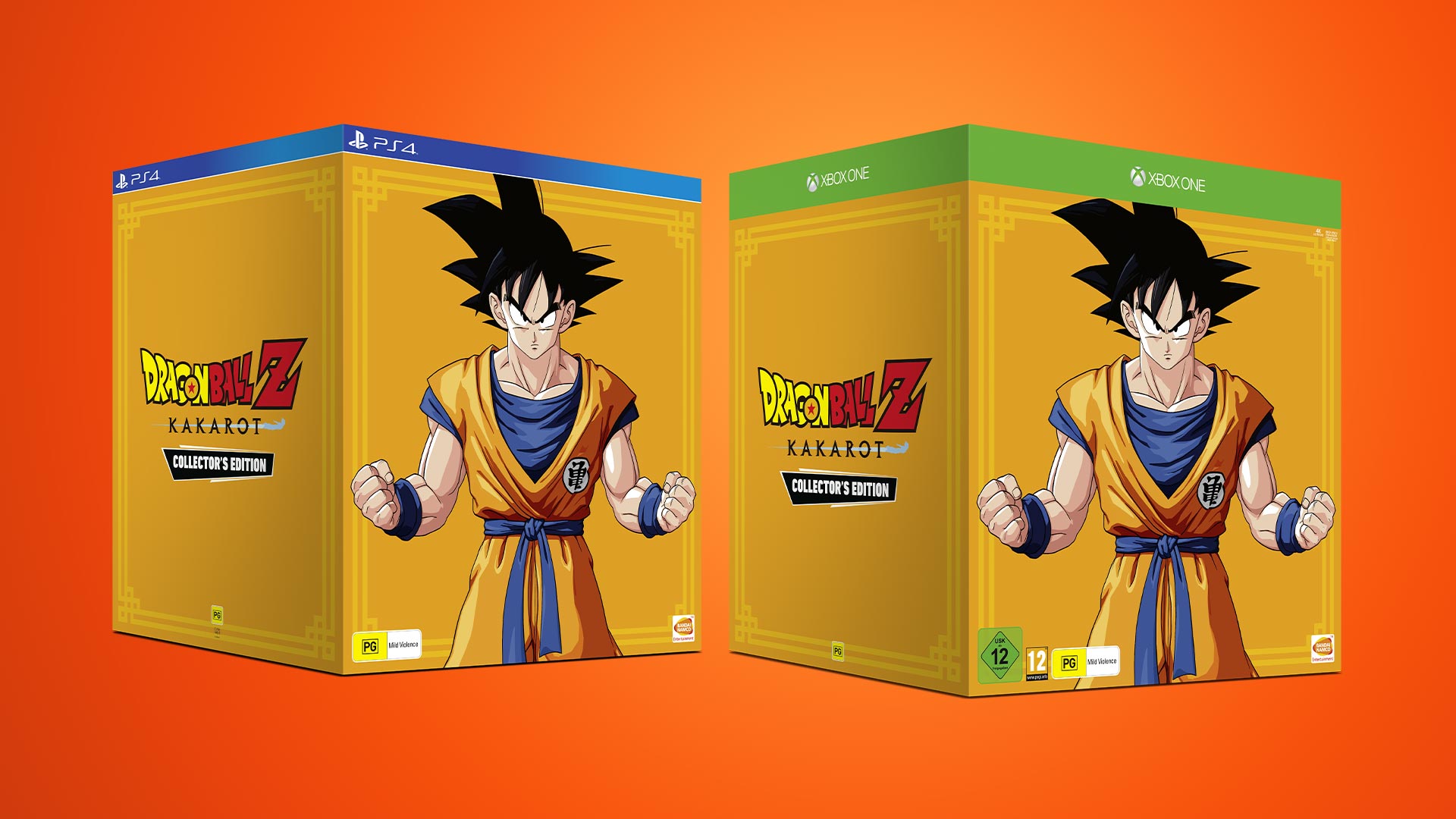FEBRUARY 03, 2021
Yes.
That’s the simple answer. The longer answer is more complex – and while it’s still, essentially, a yes – there are a lot of factors to take into account including copyright laws across different global territories.
The United States and the United Kingdom have totally different copyright laws, for instance. Wherever you are, though, matters of copyright are taken extremely seriously.
Remember the two-year legal battle to determine whether Naruto (the monkey, not the ninja) owned the copyright to the selfie he took on a photographer’s camera?
If you’re selling a product or using somebody else’s images as part of your marketing, then knowing copyright basics for your region is one of the most important steps to take, early on.
Take our recent work on Dragon Ball Z: Kakarot and Jump Force, two games published by Bandai Namco Entertainment.
We created packaging featuring images of some of the most recognisable characters on the planet. But who owns those images?
Getting clarity on image licences
Our packaging featured some of Weekly Shonen Jump’s most recognisable characters including Goku, Luffy and Naruto (the ninja, not the monkey).
The company that owns Weekly Shonen Jump, Shueisha – like Disney – didn’t become one of the biggest media publishers in the world by letting anybody and everybody use images of their artist’s characters.
Shueisha does licence its characters for marketing purposes, products and more. In this case, an agreement will have been struck between the developers for both games and Bandai Namco to use their characters and their likeness in their games.
Where do we stand as a third-party helping with marketing, though? While we obviously can’t go into too much detail about the actual relationships between parties, we just can’t go on Google to find and use pictures of Goku, Luffy and Naruto.
A lot of legal work has to go on behind the scenes to make sure that everybody in the chain, from ourselves to the actual licence owners, knows what can and cannot be done with those characters and their likeness, whether they appear on the game’s box or a social media ad.
Giving credit where it’s due
That’s a small insight into what’s needed for a campaign on a global scale, and it’s important to know what you can and can’t use images for in your social campaign, blog post, piece of packaging or any other situation.
Because, as crazy as the case with Naruto the monkey sounds, photographer David Slater eventually won his case in the US, earning legal rights to license the image and generate profits from it.
Don’t underestimate the importance of image licensing. There’s every chance you could be taken to court for using images that aren’t yours by the copyright owner, especially if you’re using them in a commercial capacity.
Also, aside from the legal implications, we think it’s simply poor form to use somebody else’s creative works without permission and not give them the appropriate credit where possible.
You can become compliant by using an image-licensing service such as Getty, though that can become expensive over time and you may be tied by some of the licence’s restrictions.
We have written before about how to find great images without breaking the bank. More and more free image sites are popping up that allow you to use images for any purpose under specific Creative Commons rules.
Or, you can create your own images yourself! A trusted creative agency with years of experience in producing creative images and vast knowledge of licencing law can help save you time, money, and keep you on the right side of the law.
Want to know more about the intricacies of commercial image licensing and how it could affect your creative campaign? Get in touch with the TAKEOFF Team today!
